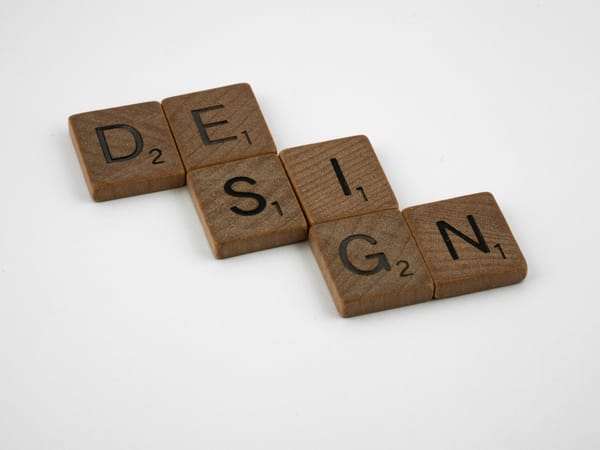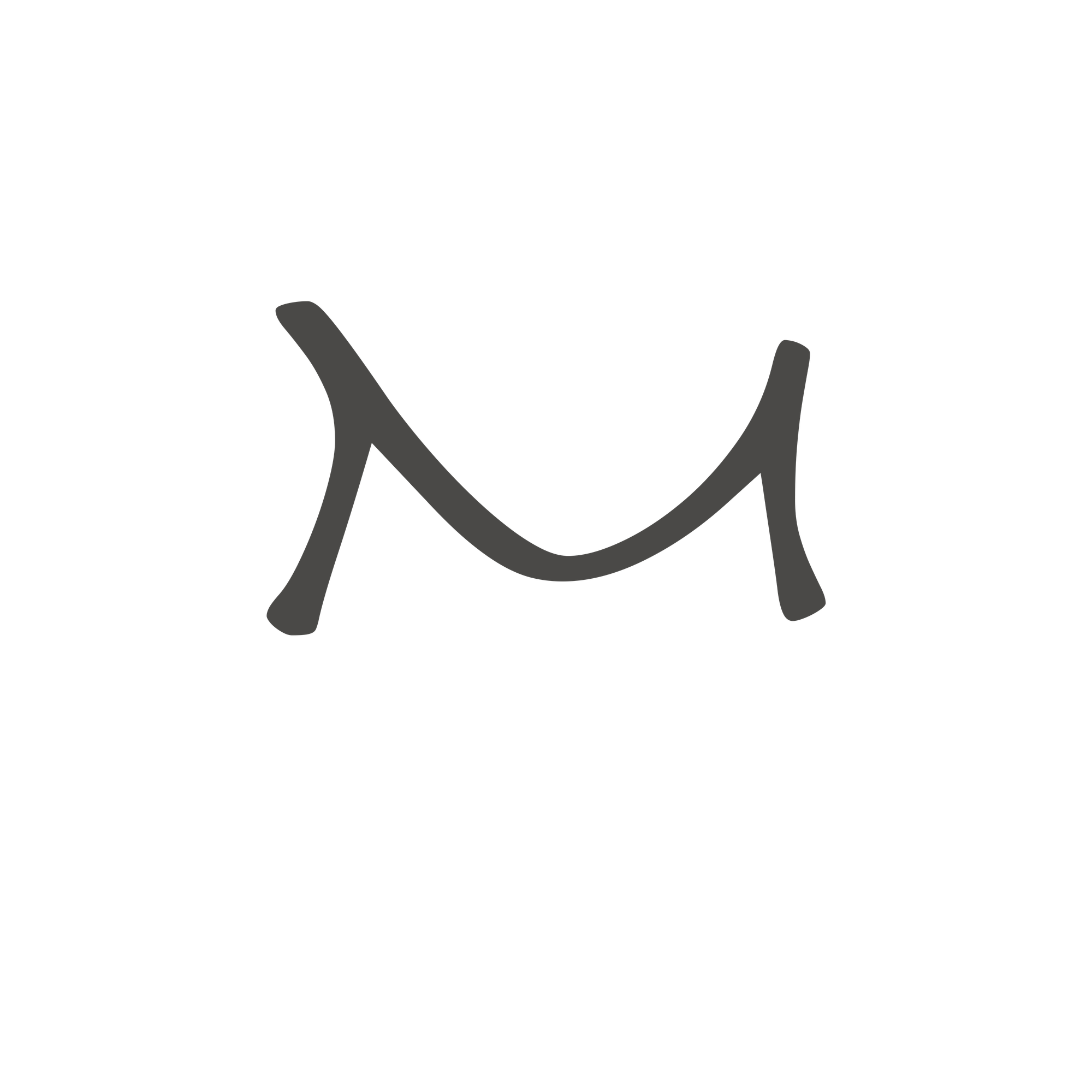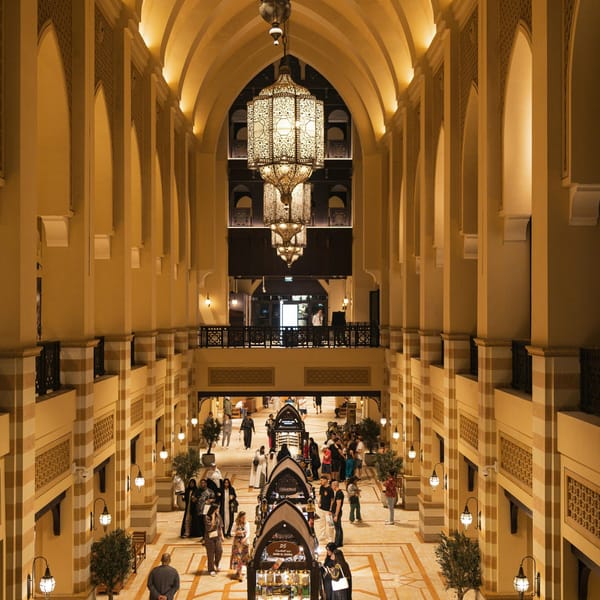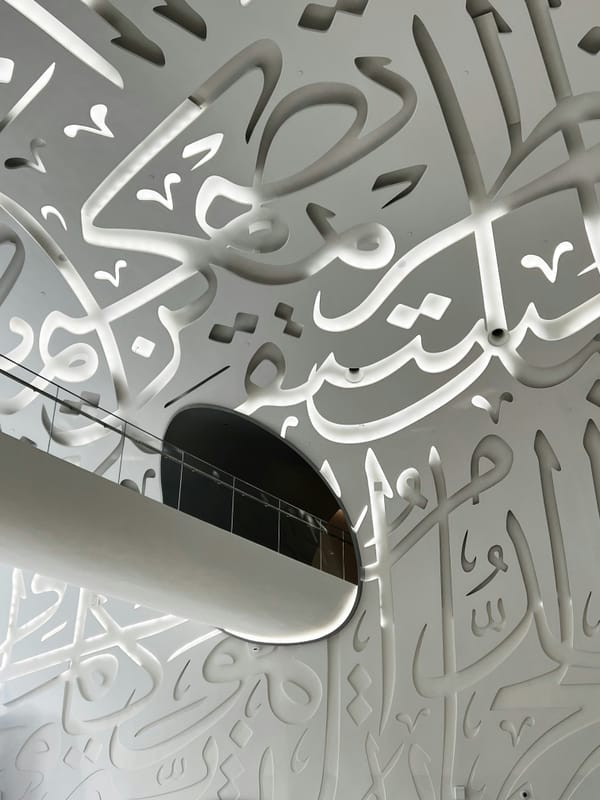Middle Eastern design is increasingly shaping the global luxury and technology landscape, combining cultural depth with contemporary functionality.
At its core is a philosophy that blends beauty with purpose. Islamic geometric aesthetics, once reserved for mosques and palaces, are being reinterpreted in contemporary objects of desire.
Vacheron Constantin’s Métiers d’Art Tribute to Great Civilisations collection, inspired by Persian and Egyptian motifs, shows how heritage can be seamlessly translated into fine watchmaking without compromising authenticity.
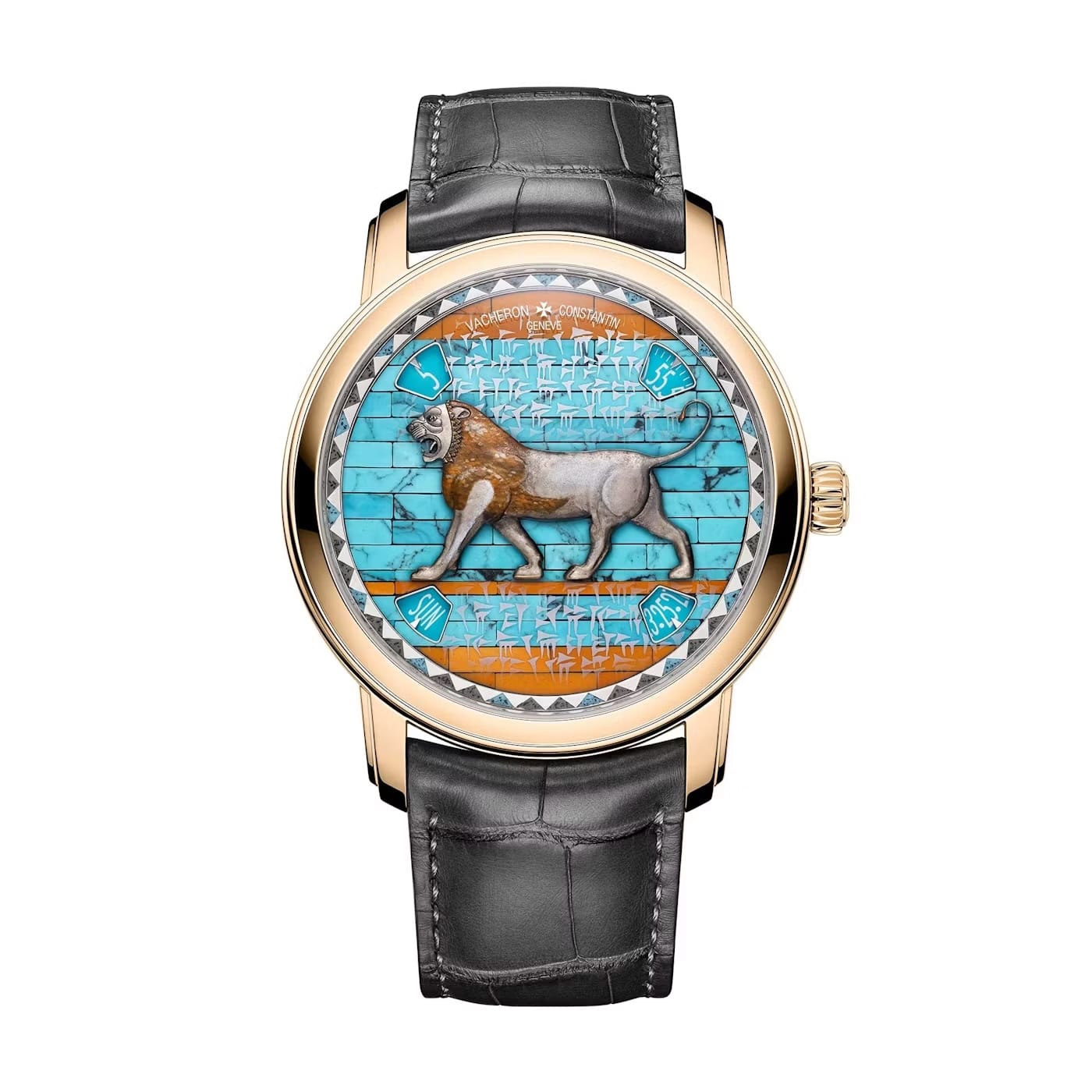
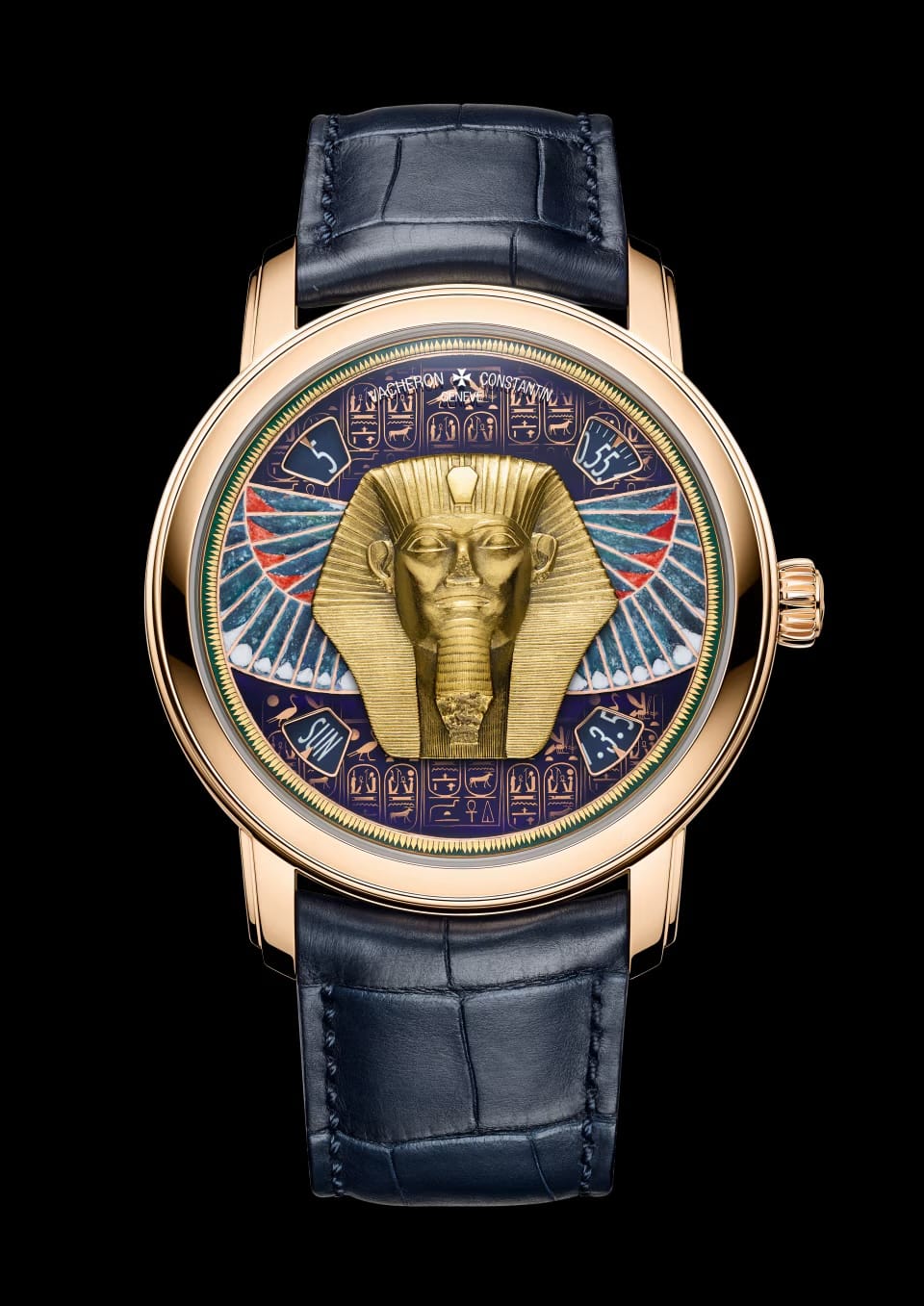
Vacheron Constantin’s Métiers d’Art Tribute to Great Civilisations series: the Lion of Darius (left), inspired by the friezes of the Achaemenid Palace of Susa, and the Grand Sphinx de Tanis (right), echoing ancient Egyptian artistry.
Architecture provides an equally compelling canvas. Jean Nouvel’s Louvre Abu Dhabi reimagines the mashrabiya through its monumental dome, filtering desert sunlight in a way that is both environmentally adaptive and symbolically rooted in regional identity. This demonstrates how Middle Eastern spatial ideas — privacy, climate control, community — are informing global debates on sustainable design.
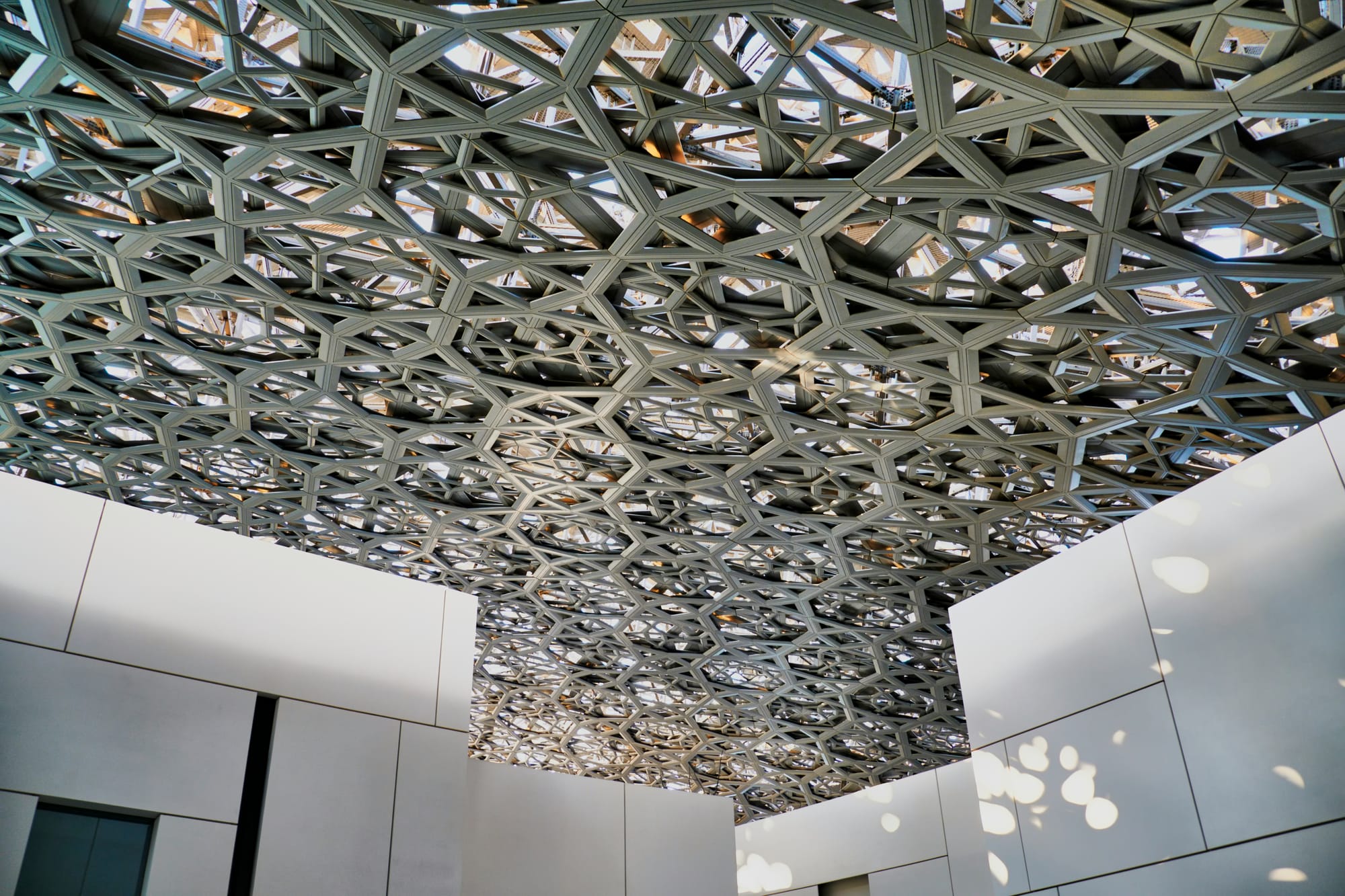
Technology is also absorbing these principles. The Islamic principle of tawhid (unity and interconnectedness) has inspired more holistic approaches to user experience. This is visible in the rise of Islamic finance apps, which integrate social and ethical responsibility into their design, aligning technology with cultural values and user well-being.
Education is ensuring these values endure. Institutions like the American University of Sharjah and the Dubai Institute of Design and Innovation are formalising heritage-informed design methods for a new generation.
As luxury, architecture, and technology search for meaning beyond utility, Middle Eastern design thinking offers exactly that: a framework where function serves culture, and culture serves humanity.


